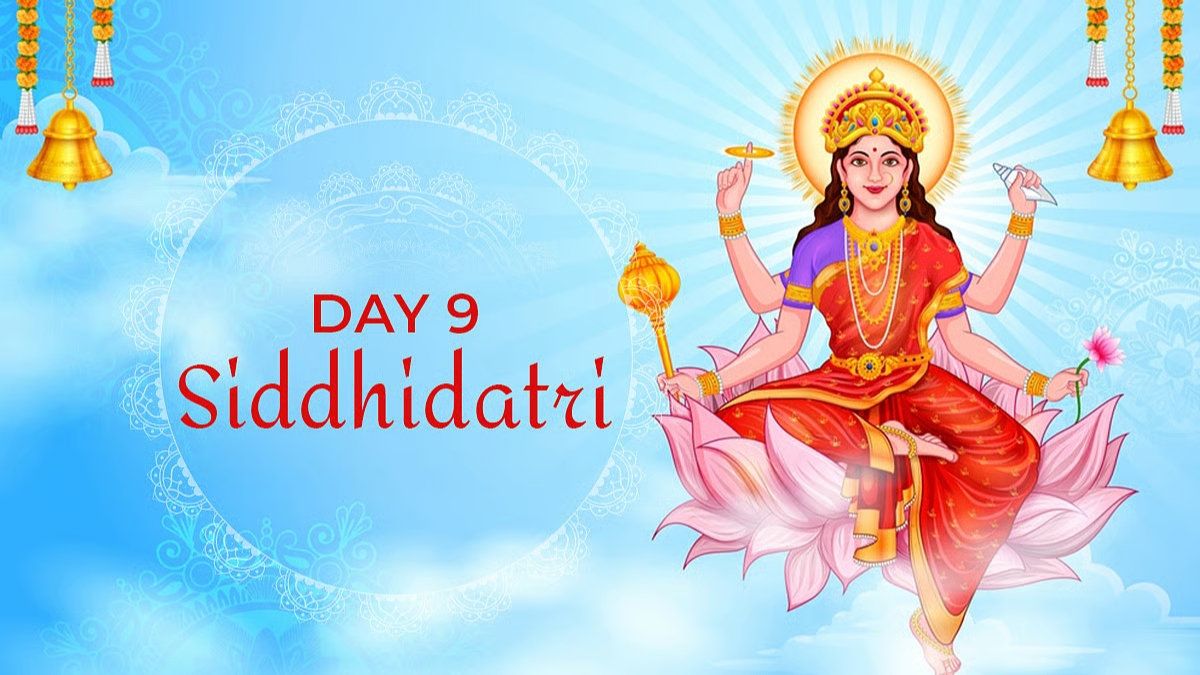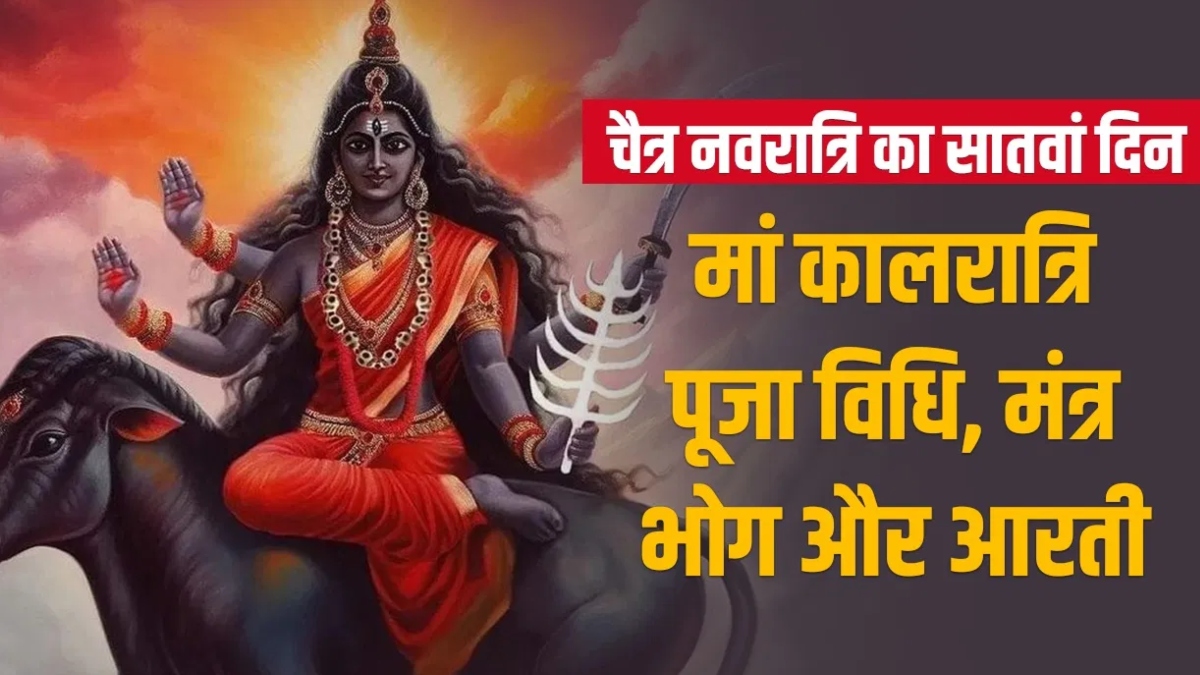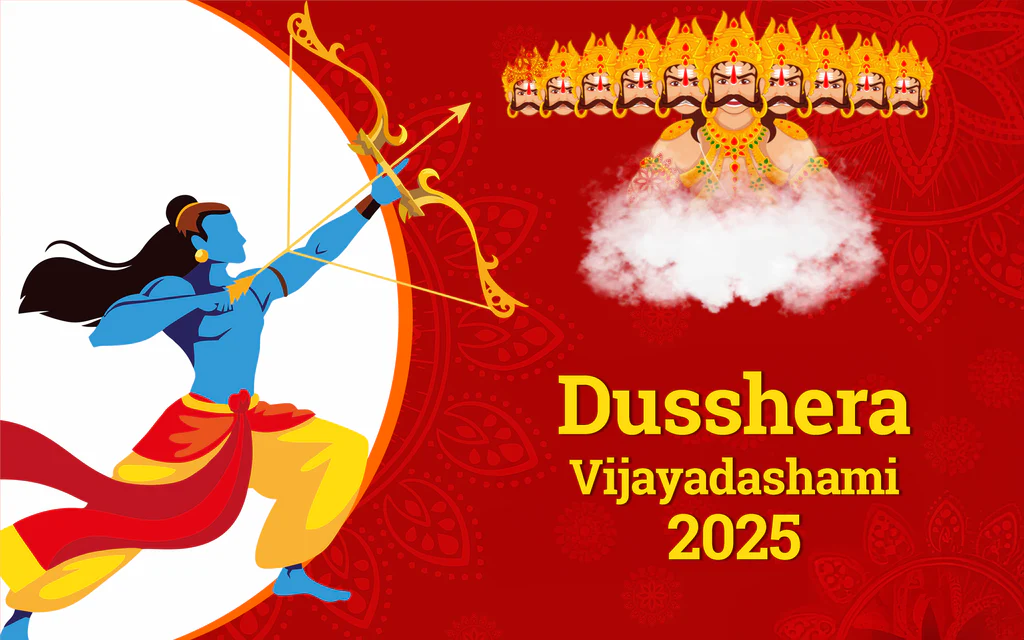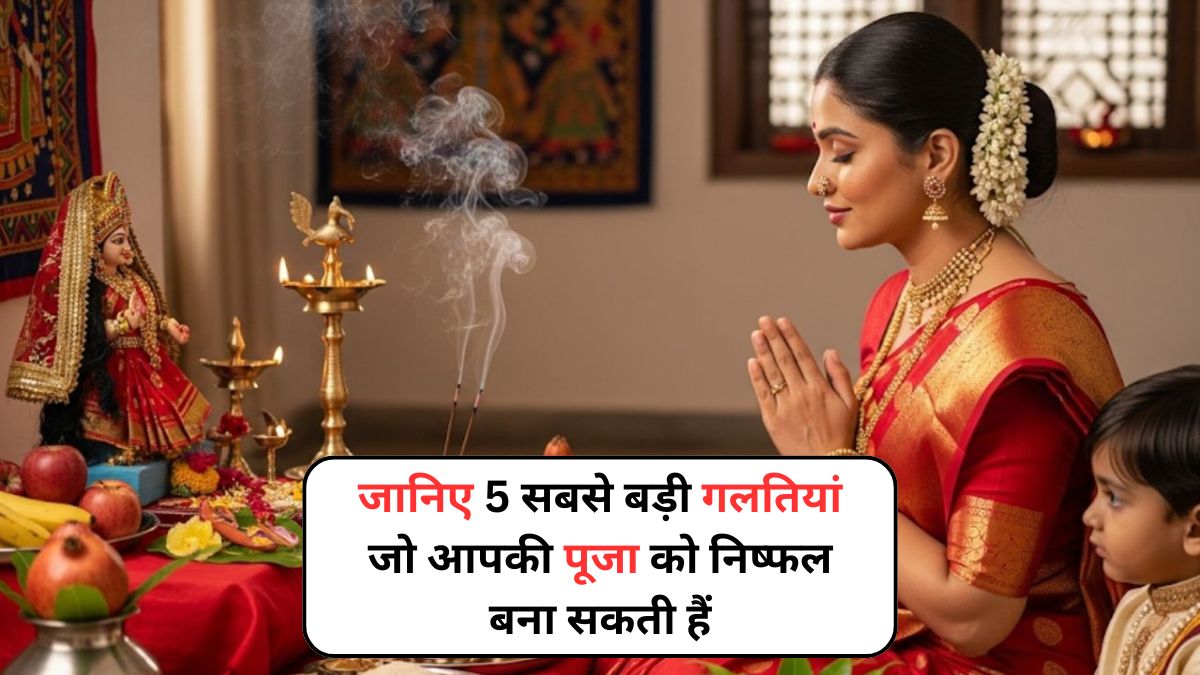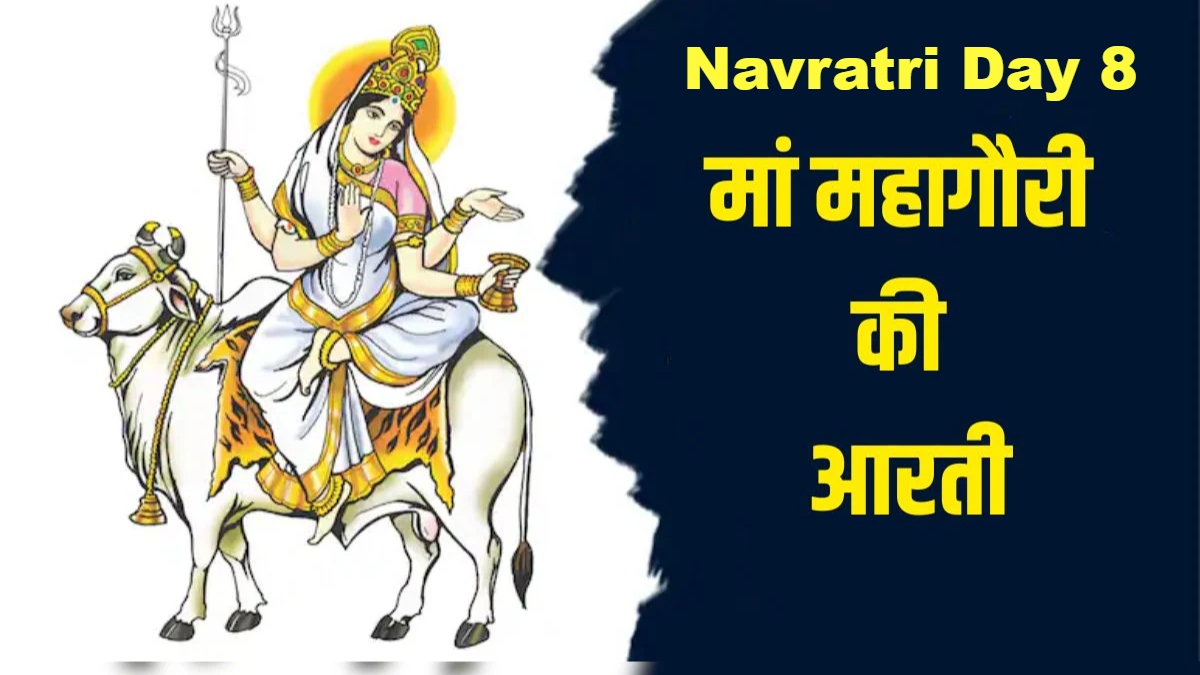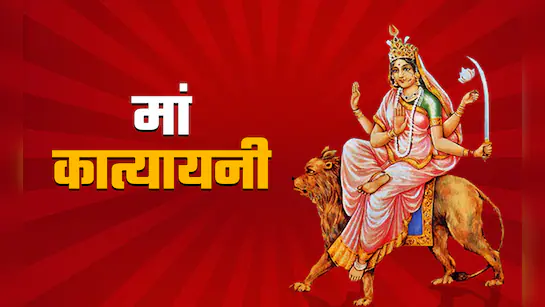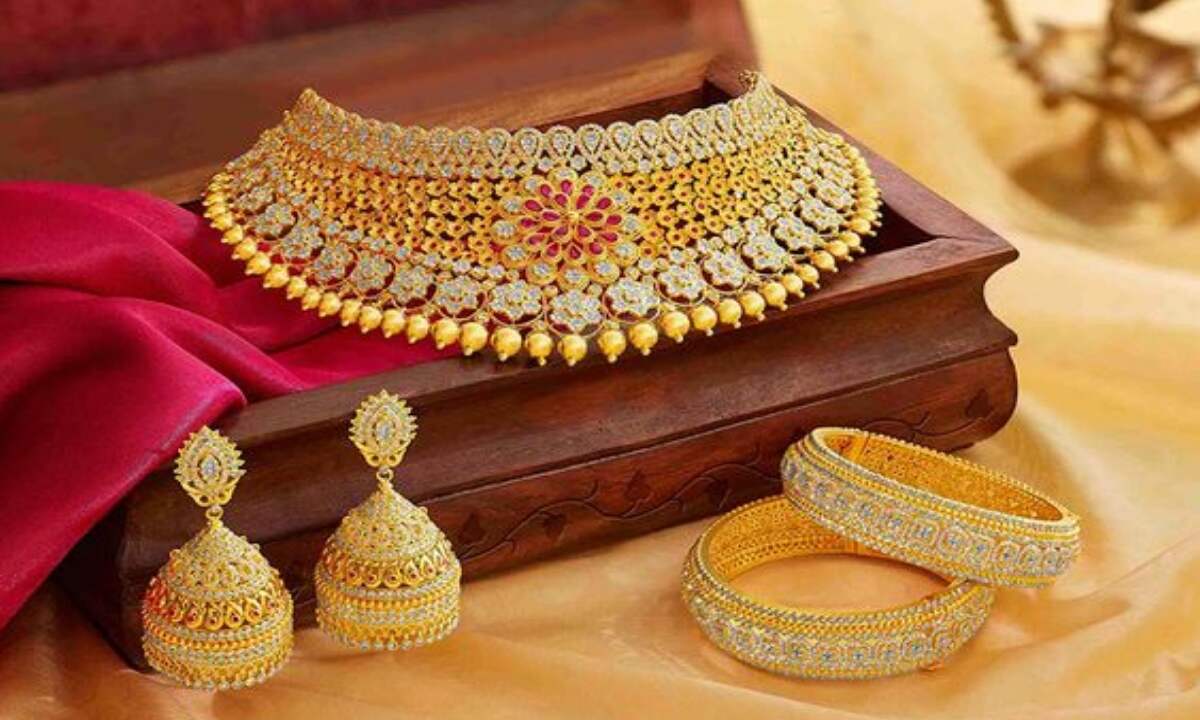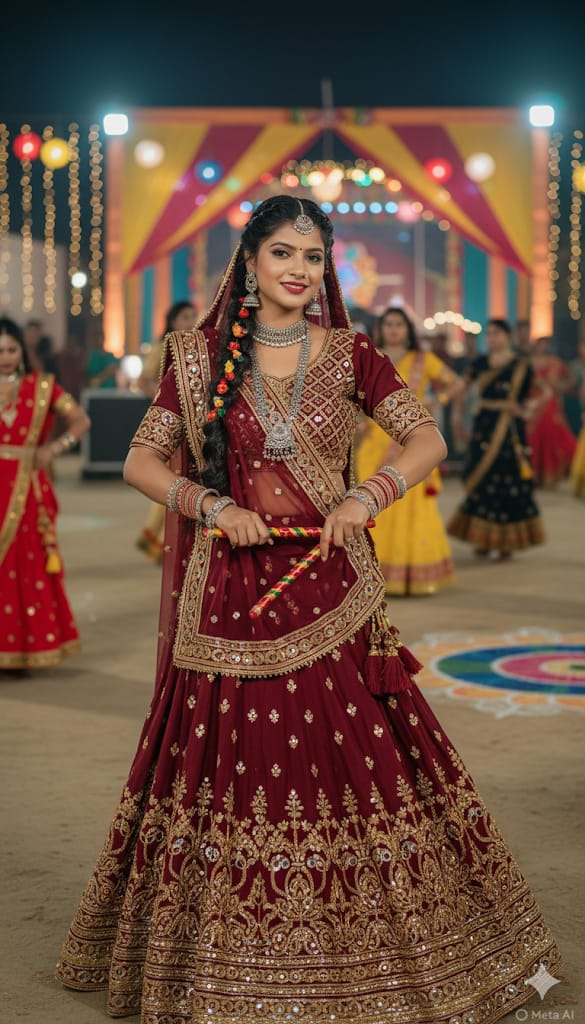The ninth and final day of Navratri is dedicated to Maa Siddhidatri, the ninth form of Goddess Durga. She is known as the Goddess of Siddhis (divine powers) and blesses her devotees with success, prosperity, and spiritual growth. Worshipping Maa Siddhidatri on this day is believed to bring positive transformation, mental peace, and divine energy into one’s life.
The Divine Form of Maa Siddhidatri
Maa Siddhidatri is depicted in a radiant white form, seated on a white lion. She has four hands – holding a conch (shankha), a discus (chakra), a mace (gada), and blessing devotees with the var mudra. Her serene yet powerful appearance instills courage, confidence, and devotion, removing fear and obstacles from the lives of her devotees.
Puja Vidhi (Worship Method)
On Navratri Day 9, devotees perform the following rituals to honor Maa Siddhidatri:
- Wake up early, take a holy bath, and wear clean clothes (preferably yellow or light-colored attire).
- Light a diya (lamp) in front of the idol or picture of Maa Siddhidatri.
- Offer fresh fruits, sweets, and clean water as bhog.
- Chant Durga mantras, sing bhajans, and perform the aarti with full devotion.
- Meditate on her form to invite peace and positivity into the home.
Importance and Benefits
Worshipping Maa Siddhidatri on the last day of Navratri is considered highly auspicious. The benefits include:
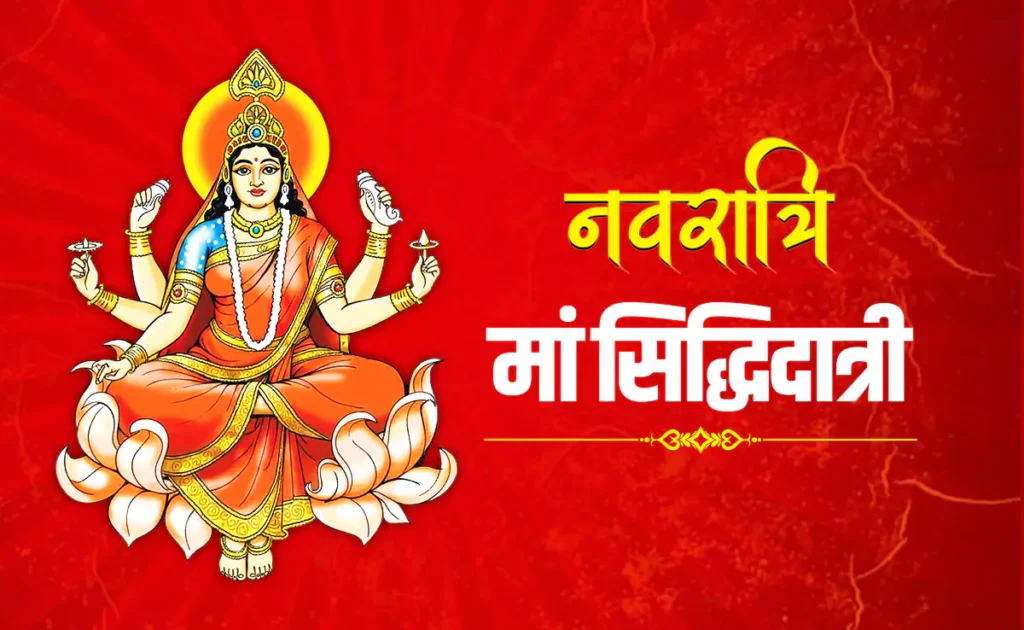
- Removal of obstacles and negative energies.
- Success and prosperity in new ventures or career goals.
- Spiritual growth and attainment of divine blessings.
- Peace, harmony, and happiness in family life.
Devotees believe that the blessings of Maa Siddhidatri ensure not only material success but also inner peace and higher wisdom.
